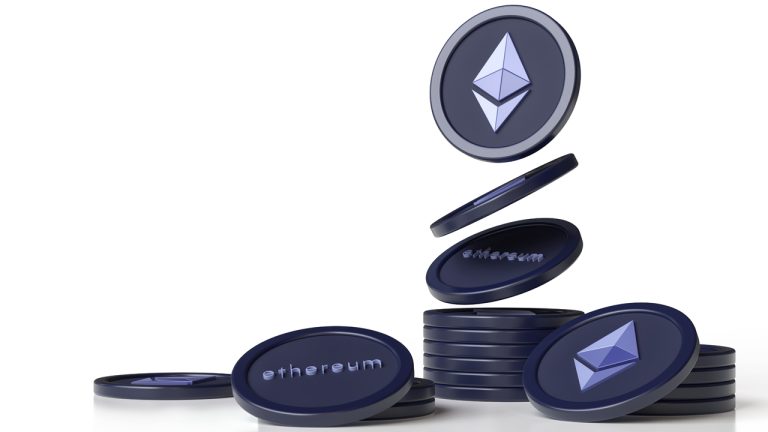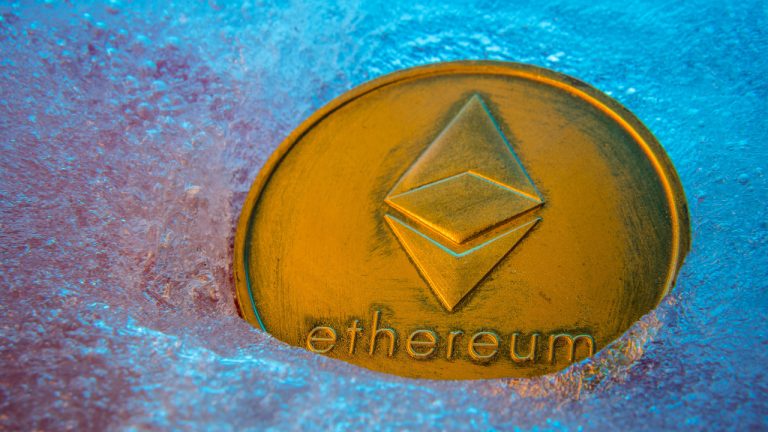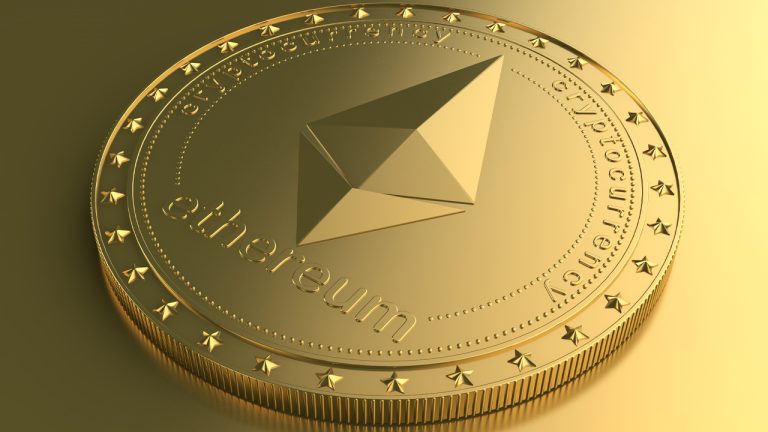
The average APR offered by blockchain credit protocols is 9.65% compared to an average personal loan interest rate of 11.5%, data shows.
Blockchain-based lending is regaining momentum this year, with the value of active tokenized private credit now sitting at $582 million — a staggering 128% increase from a year ago.
While still far off from its peak of $1.5 billion in June 2022, according to data from real-world asset loan tracker RWA.xyz, the resurgence could signal that loan-seekers are looking for blockchain-based alternatives to traditional financiers amid a recent rise in interest rates.
The current average percentage rate is 9.64% for blockchain-based credit protocols, while financiers have been offering small business bank loan interest rates between 5.75% and 11.91%, according to a Dec. 1 report by NerdWallet.











